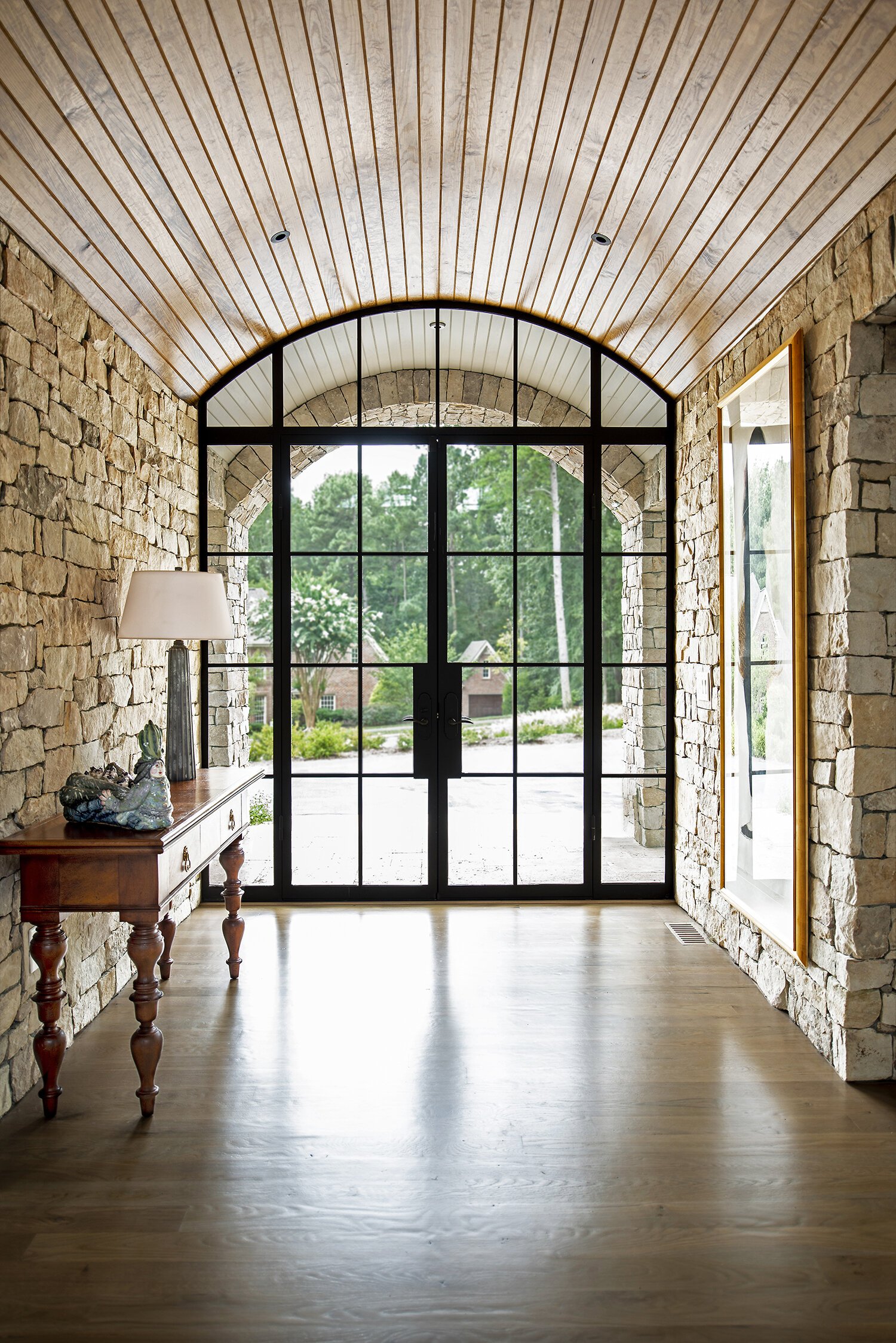Sustainable Luxury Now: 5 new ways to incorporate eco-friendly elements in high-end Interior Design
Sustainable design has evolved beyond the stereotypical aesthetic by offering more and more ways incorporate thinking about the planet in correlation with the design of your home. Environmental practices and eco-friendly materials are now more suitable for luxury homes, showcasing the intersection of opulence and environmental consciousness. I list below some of the options we review with renovation and new construction clients on how they can incorporate sustainable design into their homes.
1.) Energy Efficiency
Solar Panels: High-end homes often incorporate solar panels on rooftops to harness renewable energy, reducing reliance on grid electricity.
Geothermal Heating and Cooling: Geothermal systems use the stable temperature of the Earth to heat and cool homes efficiently.
High-SEER HVAC Units: HVAC systems with high Seasonal Energy Efficiency Ratio (SEER) ratings also reduce energy consumption.
Wind Energy: Wind energy is extremely efficient and converts at three times the rate as solar panels.
LED Lighting: Energy-efficient LED bulbs are used throughout the home, providing long-lasting and low-energy illumination. When. specifying LED lighting, make sure to confirm your color temperature, which we recommend at 3000 Kelvin.
Daylighting: Maximizing natural light through well-designed windows and skylights to reduce the need for artificial lighting. You can also use daylighting to maximize desired solar heat gain in the winter months!
2.) Smart Home Integration
Home Automation: Smart home systems optimize energy use by controlling lighting, HVAC, and appliances based on occupancy and usage patterns.
Energy Monitoring: Real-time energy monitoring apps allow homeowners to track and optimize their energy consumption.
Energy Star Appliances: High-end, energy-efficient appliances carrying the Energy Star label reduce electricity and water consumption.
3.) Creating a tight envelope
Insulated Concrete Forms (ICFs): ICFs offer excellent insulation and structural integrity, enhancing energy efficiency.
Spray Foam Insulation: Provides superior thermal resistance, reducing energy consumption for heating and cooling.
Energy-Efficient Glazing: Windows and doors with low-emissivity (Low-E) coatings enhance insulation, reducing heat transfer.
Multi-Point Locking Systems: Improve energy efficiency and security by minimizing air leakage around doors and windows.
4.) Water Conservation
High-Efficiency Plumbing Fixtures: Water-saving faucets, showers, and toilets reduce water usage without compromising performance.
Greywater Systems: Greywater recycling systems reuse water from sinks and showers for irrigation, reducing overall water consumption.
Drought-Resistant Plants: Landscaping with native and drought-resistant plants reduces the need for irrigation.
Smart Irrigation Systems: Weather-based irrigation controllers adjust watering schedules based on weather conditions, saving water.
5.) Sustainable Materials
Recycled and Reclaimed Materials: Use of recycled wood, metal, and glass reduces the demand for new resources.
Low-VOC Paints and Finishes: Low Volatile Organic Compounds (VOC) products improve indoor air quality. You can look for furniture with minimal off-gassing by checking for glues and formeldehyde which is often present in plywood used to create inexpensive furniture.
Natural Materials are a great option, as they are typically more enviornmentally friendly and require little treatment or processing. Look for natural fiber rugs like wool, jute and sisal.





